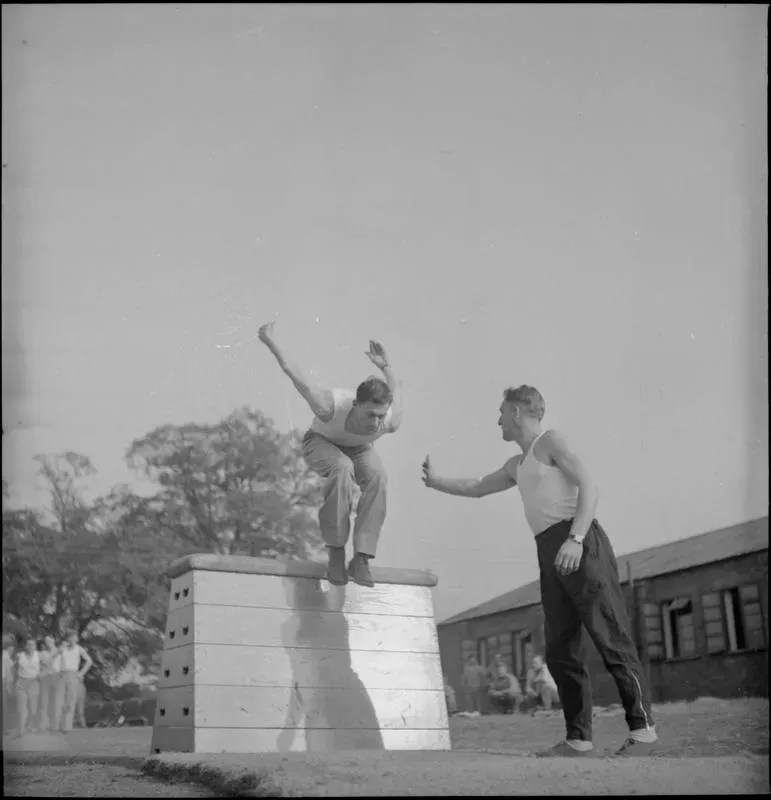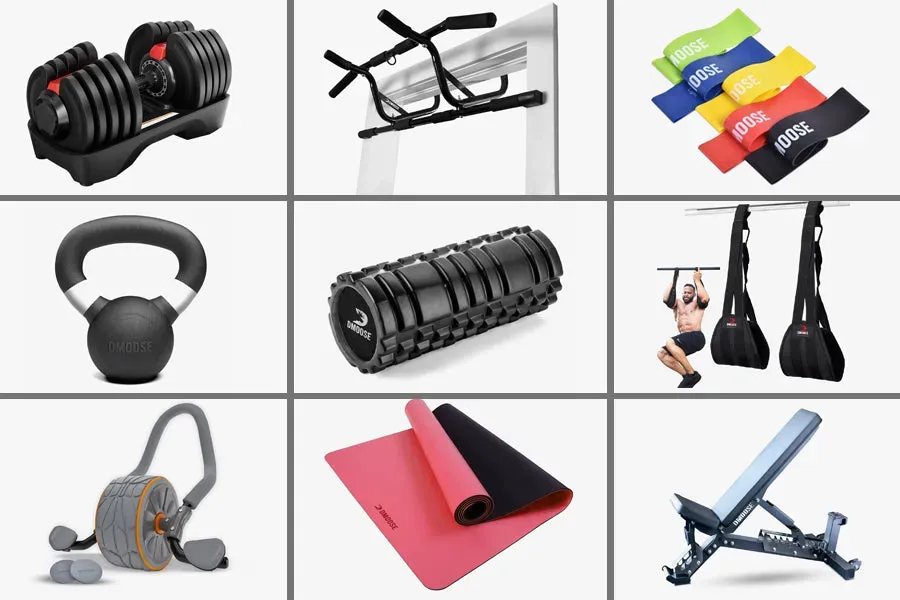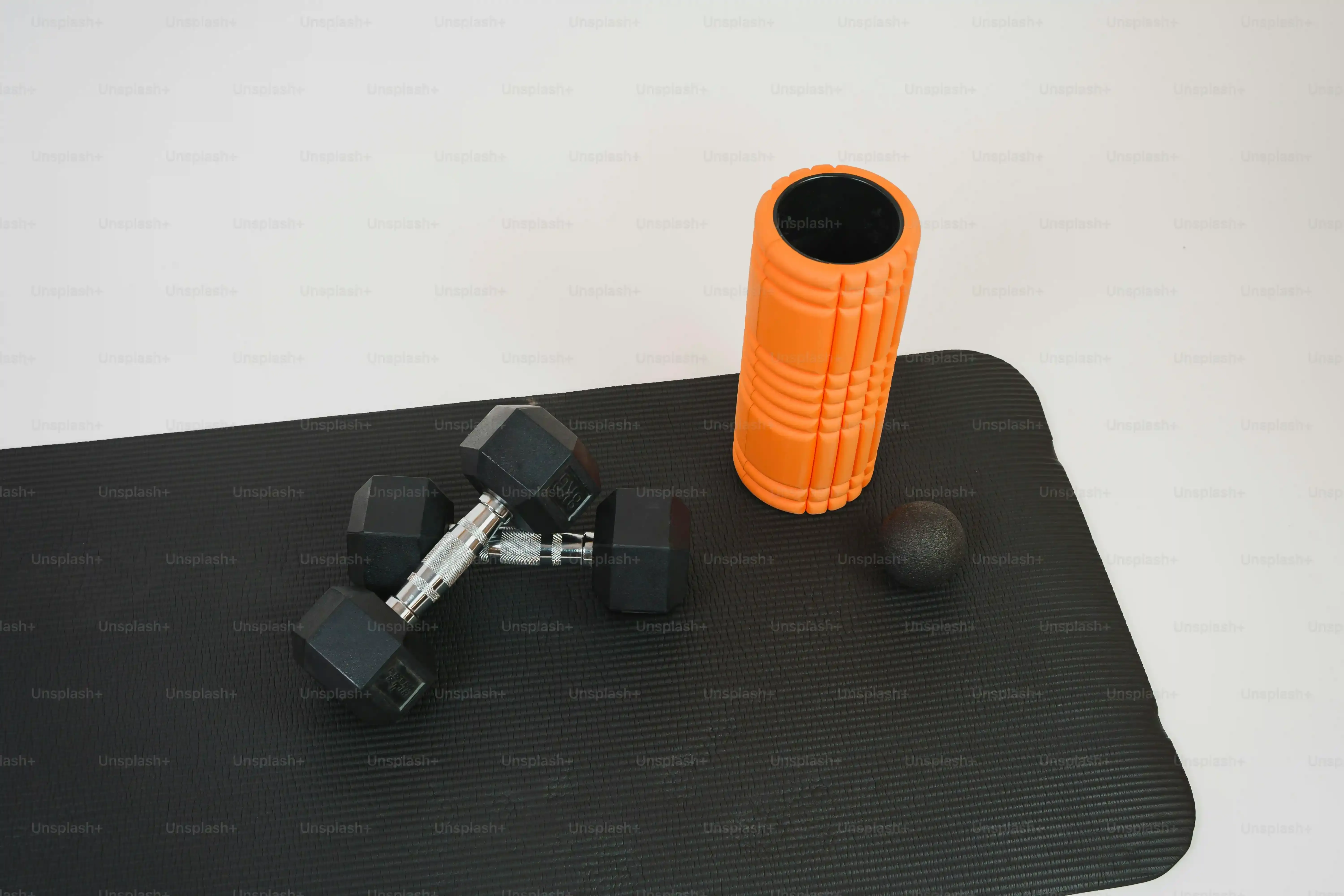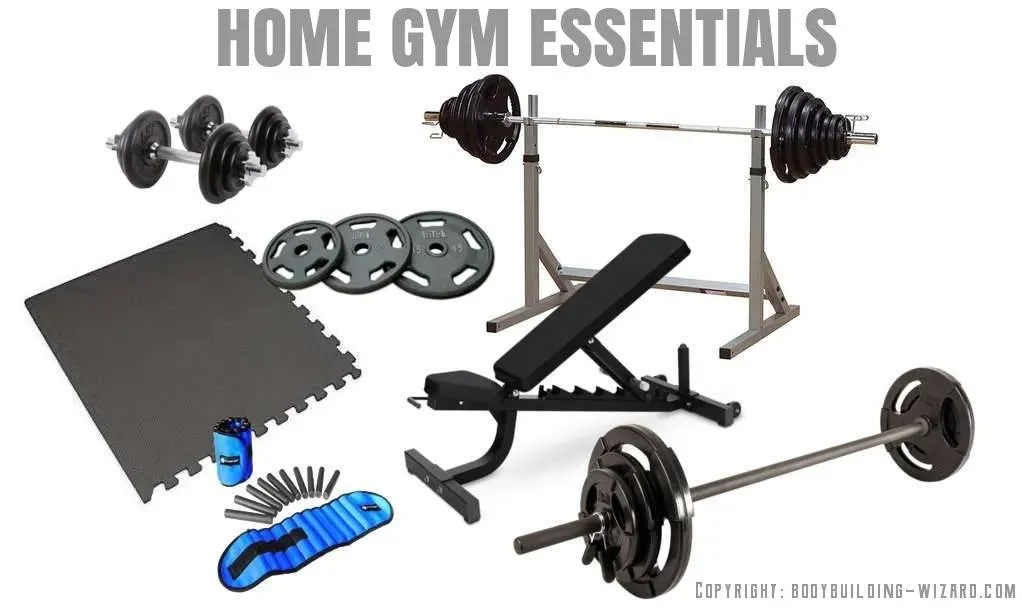Table of Contents
Tired of battling traffic to hit the gym? Sick of waiting for the squat rack or feeling judged during your workout? The appeal of a home gym is obvious: convenience, privacy, and saving time. But step into the world of home fitness gear, and it quickly gets overwhelming. You're faced with endless options – from massive multi-gyms to tiny resistance bands – and figuring out what's actually effective feels impossible. What gym equipment do you *really* need at home to get a solid workout without breaking the bank or cluttering your entire house? This guide cuts through the noise. We'll start with the absolute foundational pieces, the essential gym equipment you need at home that provides maximum versatility for minimal investment. Then, we'll look at smart ways to expand your setup as you advance, cover practical tips for making your space work, and highlight common pitfalls to avoid. Forget the shiny, overpriced gadgets. Let's talk about building a functional, effective home gym tailored to *your* needs.
Start Simple: The Absolute Essential Gym Equipment You Need at Home
Start Simple: The Absolute Essential Gym Equipment You Need at Home
Your Bodyweight is King (Mostly)
Forget the fancy machines and chrome-plated dumbbells for a second. When you're just starting out, or even if you're on a tight budget or living in a shoebox apartment, the best gym equipment you need at home might be... almost nothing. Seriously. Your own body provides plenty of resistance for a killer workout. Think push-ups, squats, lunges, planks. You can hit major muscle groups effectively with zero gear. This is the foundation. Mastering bodyweight movements builds a base of strength and stability that translates to everything else. Don't underestimate the power of simply moving your own mass against gravity.
The Humble Resistance Band
maybe not *nothing*. If there's one piece of truly essential gym equipment you need at home beyond just floor space, it's a set of resistance bands. These things are dirt cheap, take up zero room, and offer incredible versatility. They add resistance to bodyweight movements, help with stretching, and can even mimic exercises you'd do with weights. A simple loop band can make squats harder or help you do assisted pull-ups if you have a bar. A set of tube bands with handles opens up chest presses, rows, and bicep curls. They're portable, adaptable, and forgiving on the joints. It's hard to beat the bang for your buck here.
- Add resistance to squats and lunges.
- Assist with pull-ups and dips.
- Perform rows, presses, and curls.
- Help with dynamic warm-ups and stretching.
- Offer variable resistance throughout the movement.
A Sturdy Pull-Up Bar
If you have a doorframe or a sturdy wall, a pull-up bar is a game changer for gym equipment you need at home. Pull-ups and chin-ups are fundamental upper body exercises, hitting your back, biceps, and forearms like nothing else. Even if you can't do a full pull-up yet, the bar allows for hangs (great for grip strength), assisted pull-ups with a band, or negative reps. Look for one that feels solid and is easy to install and remove if needed. It unlocks a whole new dimension of bodyweight training and takes up minimal permanent space.
Expanding Your Arsenal: Adding More Key Pieces
Expanding Your Arsenal: Adding More Key Pieces
Dumbbells or Kettlebells: Your First Foray into Free Weights
Alright, you've mastered the basics with just your body and bands. You're feeling stronger, movements are cleaner. Now it's time to think about adding some external load. This is where dumbbells or kettlebells come in as essential gym equipment you need at home. They offer progressive resistance that bodyweight alone can't provide indefinitely. With a pair of adjustable dumbbells or a few kettlebells of varying weights, you open up a massive range of exercises: presses, rows, swings, deadlifts, goblet squats, carries. They are relatively compact compared to barbells and racks, and incredibly versatile. Don't go crazy buying a whole set right away. Start with a moderate weight you can handle for 10-15 reps on exercises like rows or presses, maybe something lighter for curls, and see how it goes. You can always add more later.
A Simple Bench: More Versatility Than You Think
Once you have some weights, a simple weight bench is often the next logical piece of gym equipment you need at home. It doesn't need to be a fancy, adjustable monstrosity, although those are great if space allows. Even a flat bench significantly expands your exercise library. It allows for proper form on dumbbell presses (chest and shoulder variations), seated exercises (like overhead press or curls), step-ups, and can even be used for exercises like Bulgarian split squats or triceps dips. It gets you off the floor for certain movements, which can be easier on joints and allow for a greater range of motion. A bench adds a layer of structure and support that helps you perform many exercises more effectively and safely than trying to balance on the floor or a chair.
Adding these pieces dramatically increases your home gym capabilities:
- Dumbbells/Kettlebells: Provide scalable resistance for strength gains.
- Bench: Enables proper form for presses, rows, and seated exercises.
- Combined: Allows for full-body workouts hitting all major movement patterns.
- Space Efficiency: These items are generally more compact than larger machines.
Beyond the Basics: Advanced Gym Equipment You Need at Home
Beyond the Basics: Advanced Gym Equipment You Need at Home
When You're Ready to Rack Up: Barbell and Squat Rack
you've outgrown the dumbbells for your major lifts. You're eyeing serious strength gains in squats, deadlifts, and bench presses. This is where a barbell and squat rack become the cornerstone of the advanced gym equipment you need at home. This isn't a casual purchase; it requires dedicated space and a willingness to lift heavy things safely. A solid squat rack provides safety catches (j-cups and spotter arms) that are non-negotiable when you're pushing your limits, especially when lifting alone. It allows you to load up weight for squats, overhead presses, and rack pulls, and combined with a good bench, it enables heavy bench presses. This setup is for someone serious about structured strength training programs and moving beyond lighter weights. It's an investment in iron, sweat, and serious power development.
Adding Complexity: Cable Machines or Specialty Bars
Beyond the core barbell lifts, advanced home gyms often incorporate equipment that offers different resistance profiles or targets muscles in unique ways. A functional trainer or cable machine, even a smaller wall-mounted version, adds incredible versatility. Cables provide constant tension throughout the movement, unlike free weights where tension varies with gravity. This opens up exercises like cable flies, face pulls, triceps pushdowns, and various rows and curls that are harder to replicate effectively with just dumbbells. Alternatively, if space is limited but you want to hit specific weaknesses or work around injuries, specialty bars like a safety squat bar, trap bar, or even heavier resistance bands (like loop bands for deadlifts) can be valuable additions to the gym equipment you need at home. These pieces aren't strictly *necessary* for everyone, but they offer ways to diversify your training and continue making progress when standard free weights aren't enough.
Considering advanced gear? Ask yourself:
- Do I have the dedicated space and ceiling height?
- Am I consistently lifting heavy enough to justify safety equipment?
- Do I need specific exercises (like cable movements) that free weights don't provide?
- What are my long-term training goals (powerlifting, bodybuilding, general fitness)?
- Is my budget aligned with the cost of high-quality, safe heavy equipment?
Making It Work: Setting Up and Using Your Home Gym Space
Making It Work: Setting Up and Using Your Home Gym Space
Claiming Your Territory
So, you've started collecting some gym equipment you need at home, maybe just bands and a mat, or perhaps you've gone full barbell junkie. Now you need a place to actually use it without tripping over the cat or banging into the antique lamp. This isn't just about shoving stuff into a corner. Think about the movements you'll do. Do you need ceiling height for overhead presses or pull-ups? Enough floor space for lunges, deadlifts, or maybe even burpees? Consider ventilation too – a stuffy room gets miserable fast. Garages, basements, or spare rooms are obvious candidates, but even a dedicated corner in a living area can work if you're strategic. Measure your space, measure your tallest equipment, and visualize yourself actually working out there. It's better to have a small, functional space than a large, unusable mess.
Organization and Safety First, Always
Once you've staked your claim, keeping it organized is key. Weights scattered everywhere are a hazard, not a home gym. Get some simple storage solutions – a dumbbell rack, shelves for bands and smaller items, or even just a designated spot where everything goes. Mats are crucial, not just for comfort on the floor but to protect your flooring from dropped weights (it happens, trust me). Mirrors aren't just for vanity; they help check your form, which is vital for preventing injuries when you're lifting without a spotter. Good lighting prevents stubbed toes and makes the space more inviting. Don't skimp on safety – ensure your pull-up bar is secure, your rack is bolted down if needed, and you understand how to use safety features like spotter arms.
Here are a few things to consider for your space:
- Ceiling height clearance for overhead movements.
- Sufficient floor space for dynamic exercises.
- Ventilation – open a window or get a fan.
- Proper flooring protection (rubber mats are your friend).
- Safe and accessible storage for all equipment.
- Good lighting to see what you're doing.
Common Pitfalls and Smart Buys for Gym Equipment You Need at Home
Common Pitfalls and Smart Buys for Gym Equipment You Need at Home
Don't Buy the Hype, Buy What You'll Actually Use
Alright, let's talk about where people often go wrong when stocking up on gym equipment you need at home. The biggest trap? Buying some massive, complicated machine advertised on late-night TV that promises a full-body transformation in five minutes a day. These things often end up as expensive clothes hangers. Or maybe you see someone on Instagram crushing it with a specific piece of gear and think, "Yep, that's my ticket!" Without considering if it fits your goals, your space, or your actual willingness to learn how to use it properly. The graveyard of unused home gym equipment is vast and littered with Bowflexes and elliptical machines that became dust collectors. Before you drop serious cash, be brutally honest with yourself about your fitness level, the type of training you enjoy (or will stick with), and the physical limitations of your living situation. A $50 set of resistance bands you use daily is infinitely more valuable than a $2000 machine that sits idle.
Building Your Effective Home Training Space
So there you have it. Building a home gym isn't about filling a room with every shiny contraption you see online. It's about making smart choices based on your goals and space. We've walked through the essentials – the stuff that actually gets the job done – and looked at ways to expand when you're ready. Skip the infomercial junk and focus on proven tools. A well-equipped home gym, built piece by piece with intention, is a far more practical investment than a forgotten gym membership or a dust-covered novelty machine. Now, the only thing left is to actually use it.